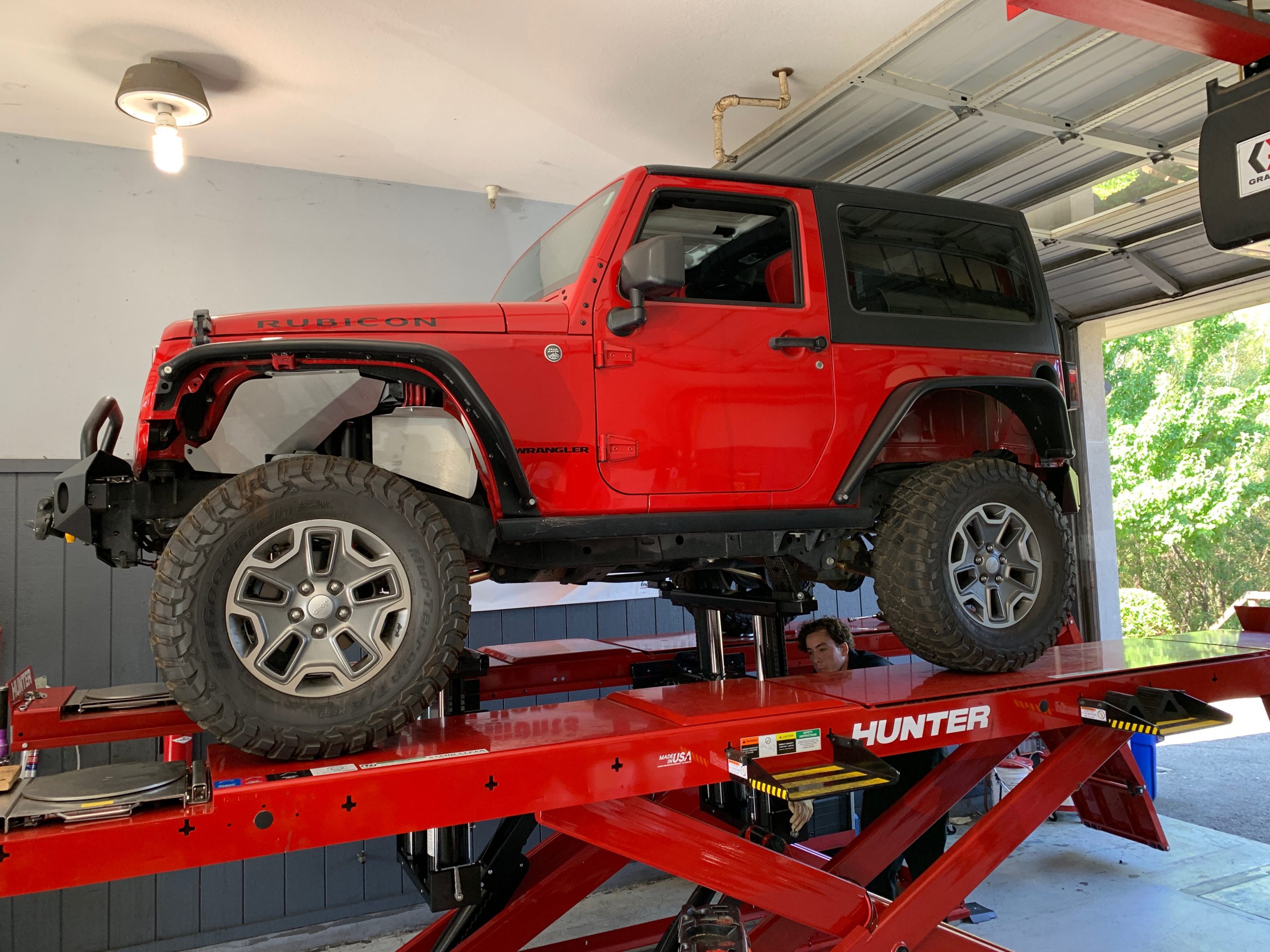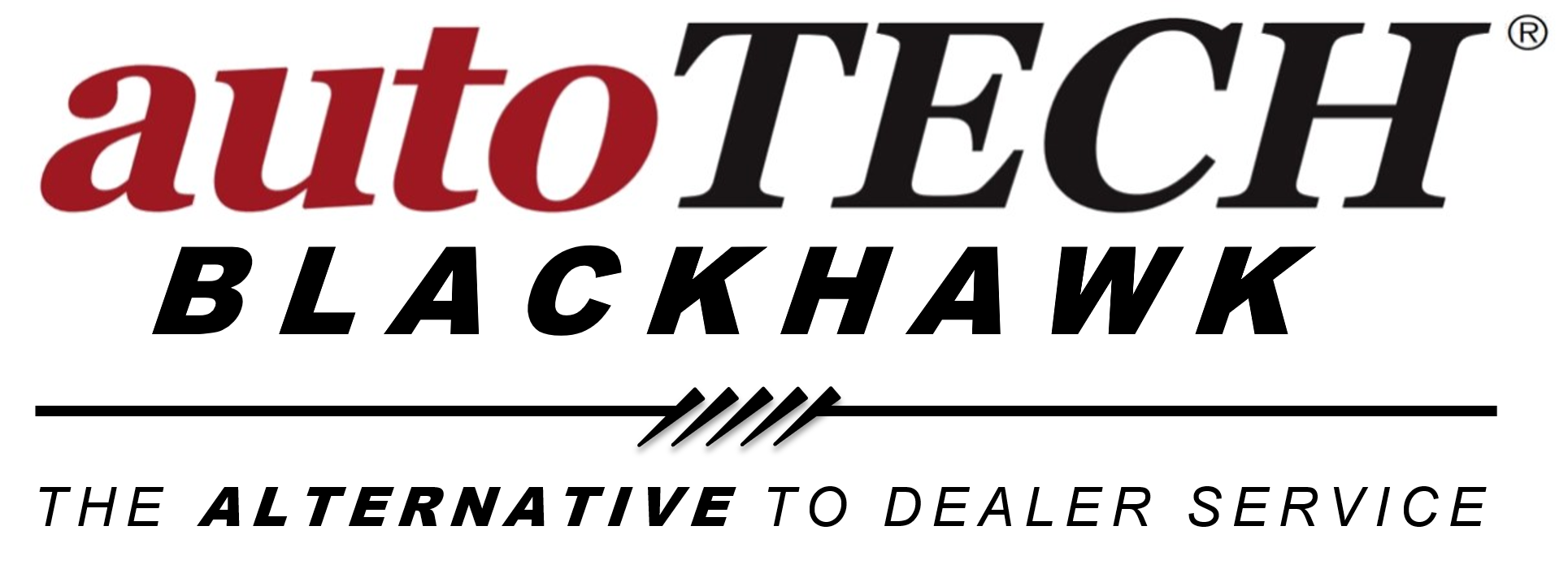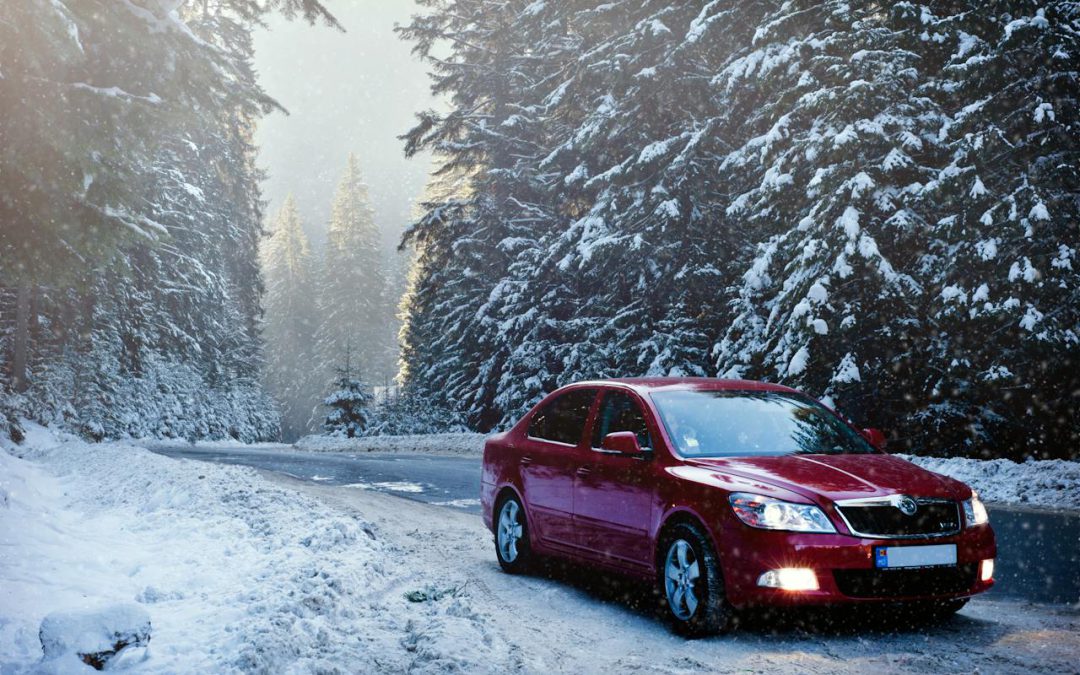If you don’t take the time to perform winter car maintenance, it could end up costing you big bucks down the road. Cold temperatures take a serious toll on battery performance, tire pressure, and fluid levels, leaving vehicles more susceptible to wear and tear. Ignoring these aspects invites a breakdown and costly repairs.
Routine maintenance catches problems before they become more expensive repairs. It’s simple to ensure vehicles are safe by making sure all vehicles have properly inflated tires and batteries that are operating at their best. Engine damage can be avoided by checking antifreeze levels and making oil viscosity changes.
Preventative maintenance in winter protects both your vehicle’s lifespan and overall experience behind the wheel. A small investment in maintenance now can save you a lot of money later. Taking care of a vehicle for the winter months is a smart decision, ensuring the car will continue to perform reliably while saving money from surprise repair costs.
Importance of Winter Car Maintenance
Protect Your Vehicle Investment
Proper winter vehicle maintenance is more important than ever right now. Cold starts put a lot of stress on your engine, which risks causing catastrophic damage. Picture this — you wake up and your car won’t start all due to well-established engine problems that you’ve neglected to address.
Going into winter with a low fuel level is a recipe for disaster. Tire pressure is a major factor — tires that are over- or under-inflated wear down unevenly, losing traction and raising the chances of a crash. Nothing beats a regular brake check, and with roads that are slippery on winter days, every little bit helps.
Brakes that have been left unchecked may not function properly, creating serious safety risks in winter weather.
Understand Risks of Neglecting Care
Battery health is especially important to prevent sudden failures when things really start to cool off. If you’ve been having jump-start problems over the summer, winter weather might just make your situation that much worse.
Winter tires make a difference, increasing traction by 48% on ice. Proper tire maintenance is crucial in winter, so make sure to check tires for the best performance and tread depth of at least 4/32”.
Heating and defrost systems should be checked to ensure you have clear visibility and stay warm and comfortable. Winter-specific oil changes keep the engine running smoothly even in the worst of conditions.
Don’t forget about headlights, which can dim as much as 20% a year—replace them to improve nighttime visibility.
Regular Maintenance Saves Money
You’ll pay less over time with regular maintenance. The additional impact on handling and braking can be particularly dangerous when winter weather hits.
Slamming on the brakes on snow could cause you to skid, and pouring hot water to defrost your windshield could shatter it. Instead, blast away ice with a proper tool.
On slopes, the hand brake keeps you from rolling back on icy pavement, so you can safely regain control of the vehicle. For those living in snowy areas, a little rust is a given, but frequent inspections will reduce the risk of rust’s destructive effects.
That’s why preventative care is the best way to make sure both you and your vehicle stay safe during the winter season.
Consequences of Skipping Maintenance
Winter car maintenance is a big task for many drivers, but the cost of not doing it can be even greater in the future. Having a winter weather emergency kit in your vehicle is key.
Now, imagine being stranded on an unplowed rural road and not having any extra food, water, or blankets. A simple emergency kit with a flashlight, warm blankets, and some non-perishable snacks can help you get through unexpected situations.
It’s important to have regular, professional inspections. They serve as a first line of defense in detecting problems before they require expensive fixes. Replacing a faulty oxygen sensor in a timely manner can run around $350. If you skip it, you may lose up to 40% of your gas mileage and spend more on fuel.
Engine Damage from Cold Starts
Cold starts are hard on your engine, and without maintenance, they can lead to serious damage. Replacing a timing belt before it breaks would only cost an average of $576 to $659.
The cost of that neglect can be much greater, like having to replace an engine—which is much more costly.
Fuel System Problems from Low Levels
Keeping the tank low in winter increases the risk of fuel system malfunctions. This can cause major issues for your vehicle’s performance and end up costing you much more in repairs.
Keeping your tank at least half full can help prevent condensation from forming and causing your fuel line to freeze.
Tire Wear from Incorrect Pressure
Too high or too low tire pressure results in extreme uneven tire wear, risking shearing, puncture, and blowout. These two problems alone create about 200 deaths annually in the U.S.
Having snow tires at the right inflation improves traction and better handling in snow means better safety.
Brake Failures from Lack of Service
Brakes require consistent tune-ups, particularly in the winter months when driving conditions can be dangerous. Skipping brake maintenance increases the chance of brake failure and endangers you and other drivers.
Battery Issues in Cold Weather
Extreme cold is no friend to your battery either, causing it to discharge quicker. Routine battery maintenance, including testing, will help keep your battery in top working order.
This way, you can avoid annoying unexpected breakdowns.
Essential Winter Maintenance Tasks
Inspect Battery Health
Make sure you have your battery tested prior to winter. If your battery tested poorly under the summer heat, take action now. Cold weather quickly drains battery power and a weak battery could leave you out in the cold.
It allows you to identify problems ahead of time. Replace it when needed to prevent surprise failures. It’s a modest measure that can save employers from expensive injuries and fatalities.
Check and Replace Tires
Tire health is especially important in winter. Inflation pressure should be checked on all four tires, as well as on the spare, more often. Cold air means your tires will lose pressure, which affects traction.
If your tires have fewer than 4/32 inches of tread, their traction on wet and snowy roads decreases significantly. If you live in an area with snow and ice, strongly consider making the switch to winter tires.
They provide around a 33% improvement in acceleration from a stop and lower stop distance by 30 feet. This increases safety in icy conditions.
Test Heating and Defrost Systems
A good heating and defrost system helps keep your windshield clear and you warm. Make sure to test your heater to ensure it’s heating the cabin up properly.
Test your defrost system. Defrosting your windshield is key to keeping your view clear when it’s cold and/or wet outside.
By addressing these issues now, you’ll be able to enjoy a safer driving experience when winter really sets in.
Change Oil for Winter Conditions
Oil clogs in the winter, putting extra stress on your engine. This risk can be mitigated by switching to a winter-grade oil.
It facilitates smooth, easy and effective starting of the engine. Regular oil changes are an essential routine maintenance task, but taking the time to winterize your oil can go a long way.
Ensure Proper Fluid Levels
Test and top off fluid levels before winter. The coolant in the overflow tank should be checked with the engine off and cold.
Maintaining antifreeze at the proper levels keeps your engine safe from the damaging effects of freezing. Additionally, brake fluid, power steering fluid, and windshield washer fluid should be added to prevent any unexpected issues.
Replace Wiper Blades and Fluid
Regular wiper blades can’t handle heavy snow and ice. Replace them with winter blades to be sure you have clear visibility.
Use winter windshield washer fluid to avoid freezing. This will give you the tallest potential snowpile view obstruction, which is the last thing you want and dangerous to boot!

Avoid Common Driving Mistakes
Avoid Overloading Your Vehicle
When you overload a vehicle, you’re taxing the engine and suspension, which can result in expensive repairs. Keeping your vehicle within its recommended load capacity makes for a more pleasant ride and helps prevent excessive wear and tear on your car’s parts.
For example, if you pile everything in the trunk the suspension will begin to wear down much quicker. Keep heavy items low and centered, and don’t carry what you don’t need. This practice will not only improve your vehicle’s longevity but saves you from unexpected breakdowns.
Prevent Hard Braking in Snow
Use of hard braking on snow can ruin tires and braking systems. Doing the opposite—applying brakes gently and gradually—means better control of your vehicle, as well as keeping your tires in great condition for a longer period of time.
Imagine a highway covered with a couple of feet of new powder. Taking it nice and easy will prevent you from skidding around and save your tires from premature aging. This easy adjustment to your driving habits will increase your safety and reduce the number of times you need to replace your tire.
Avoid Using Hot Water for Defrosting
If you dump a pot of hot water on a frozen windshield, the extreme temperature shift can shatter the glass. Rather, use a scraper or a vehicle’s defrost setting to eliminate the ice.
This approach is more cost-effective in maintaining your windshield’s integrity, while preventing costly replacements. Having a de-icer spray in your car is an easy way to fix the problem on those icy mornings.
Use Hand Brake on Slopes
Applying the emergency or hand brake when parked on a hill will save your vehicle’s transmission and parking pawl from unnecessary strain. Even if you drive a stick shift, using the hand brake can help you avoid premature clutch wear.
This practice protects your vehicle’s mechanical components and improves safety by stopping your vehicle from rolling back on an incline. Using the hand brake on a regular basis saves your car’s transmission and CV joints. This one easy habit will keep you from costly repairs down the line.
Additional Tips for Winter Care
Keep an Emergency Kit in the Car
We all know winter weather can be extremely unpredictable. So having an emergency kit on hand in your vehicle is extremely important. A good winter emergency kit should have a flashlight, extra batteries, blankets, and other non-perishable snacks, among other items.
Include a first-aid kit and a small shovel, plus kitty litter or sand for traction in case you get stuck. Jumper cables are a necessity, particularly if your battery is a few years old. For deep snow and ice, it’s worth adding a pair of winter wiper blades, which add flex to easily deal with accumulation.
When you prepare for the worst, you can be at your best when winter makes its surprise attacks.
Get Professional Inspections Regularly
Consistent professional inspections are the most important thing to keeping your car running its best through the winter months. In the meantime, mechanics are able to identify concerns before they turn into expensive repairs.
Before the season hits, check your battery health, since cold weather can drain its charge. Replacing an aging battery early ensures you won’t be left stuck somewhere when a battery unexpectedly dies. Mechanics should check tire tread depth and overall condition, which is especially important when driving in winter conditions.
Given that 1 in 5 drivers experience tire-related problems in the winter, making sure your tires are set to go is a no-brainer. Increased costs and additional stress are the inevitable results of neglecting regular inspections.
Use Snow Tires for Safety
Snow tires are built for the winter months. They provide on average 16 percent more grip than standard tires on icy roads. If you’ve been needing new tires, this winter is the time to do it, and get the right ones—preferably snow tires.
Adequate tread depth is essential to ensure that you maintain control when your tires hit a patch of ice. Routine tire inspection should be included in winter preparation.
Whether commuting to work or heading for a winter getaway, snow tires will keep you safe and avoid unexpected headaches. Your car is probably one of your most important investments. By providing it with the proper care, you can be sure it will work for you all winter long.
Conclusion
Proper winter vehicle maintenance protects you from expensive repairs and hazards of driving in winter conditions. Keeping an eye on your tire pressure, battery life, and fluid levels will help you avoid an unexpected winter breakdown. It can seem like a hassle to take care of these winter maintenance tasks, but the cost and time savings have huge benefits. In return, you’ll receive a reliable ride and greater peace of mind on those chilly days.
Don’t just make maintenance means your stopping point. Preventive tip #5 Don’t make driving mistakes such as braking suddenly on slippery roads. Keep some of these safe habits in mind and be aware of your surroundings. Not only do these actions save you money, but they protect everyone on the road.
Both your wallet and your safety will thank you for it in the long run. Get things checked off your winter maintenance list now, and look forward to a smooth, worry-free winter season ahead.
Are You Looking for Expert Winter Car Maintenance?
If you’re in search of a reliable partner for winter car maintenance with a proven track record, look no further than autoTECH Blackhawk. Why trust us to prepare your vehicle for the colder months? We stand out among independent automotive service providers by building strong, lasting relationships with our customers. This approach allows us to tailor our services to meet your unique winter driving needs—keeping you safe and confident on the road, even in harsh conditions.
Whether your goal is to safeguard your car’s performance, enhance cold-weather handling, or simply ensure reliable starts on icy mornings, our team is here to help. We take pride in making sure your vehicle is ready to take on winter, offering valuable guidance on everything from tire selection to fluid checks and engine tune-ups. Plus, we back our work with an industry-leading 3-year/36,000-mile warranty and only use top-quality parts from trusted manufacturers. Reach out to our friendly team today to schedule a convenient and contactless appointment!


